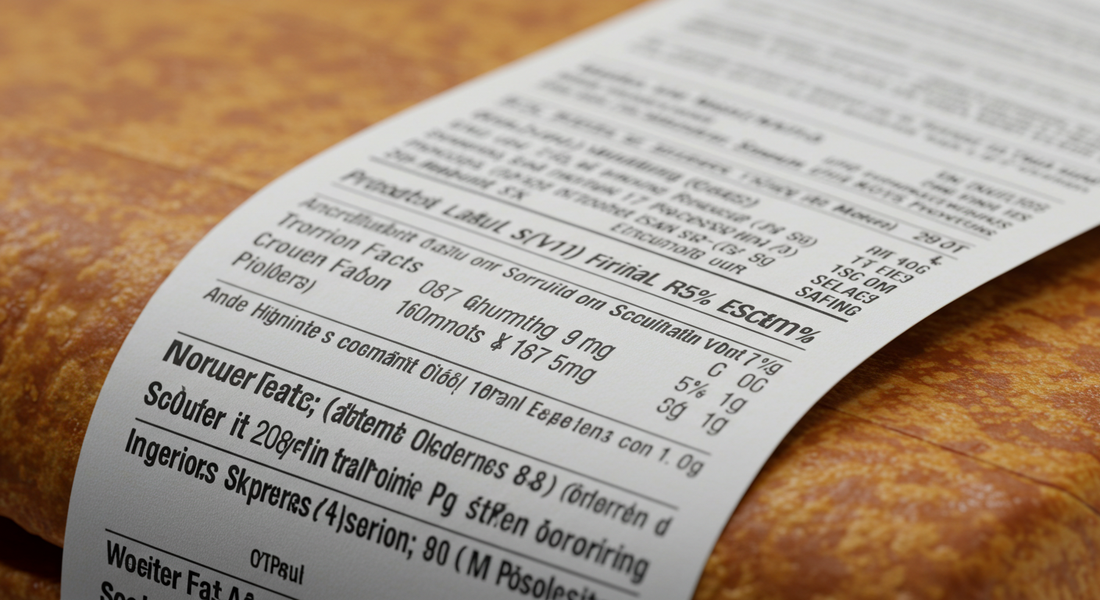
How to Ensure Your Labels Are Compliant with Regulations
What Does “Label Compliance” Even Mean?
Label compliance is all about following the rules and standards set by government bodies, industry regulators, or shipping services. These rules cover things like:
-
What information must appear on the label
-
Where that information should be placed
-
What size the text should be
-
How durable and readable the label needs to be
The Common Areas Where Label Regulations Matter
Here’s where label compliance usually comes into play:
1. Shipping & Logistics
Carriers like UPS, FedEx, and USPS have very specific requirements for shipping labels. If your barcode is too small or the print isn’t dark enough, your package could be delayed—or worse, lost.
2. Food & Beverage
Food labels must include ingredients, expiration dates, allergen warnings, and nutritional info. All of this has to follow strict FDA or local food authority guidelines.
3. Retail Products
Clothing, electronics, toys—you name it, they all have labeling rules. Think country of origin, care instructions, or safety certifications.
4. Hazardous Materials
If you’re shipping anything remotely dangerous, compliance becomes a serious safety issue. These labels must include internationally recognized hazard symbols, proper color codes, and must be printed to last.
How to Stay Compliant Like a Pro
Alright, now that you know why compliance matters, let’s talk about how to actually pull it off.
1. Use the Right Label Type
Different industries need different label materials. For instance:
-
Direct thermal labels: Great for short-term use like shipping labels (hello, eCommerce).
-
Thermal transfer labels: Best for long-lasting, smudge-resistant needs—perfect for warehouse racks, hazardous goods, and retail products.
2. Stick to the Standard Sizes
Many compliance issues come from using the wrong size. A standard 4” x 6” label is ideal for shipping, and many platforms (like Shopify and Etsy) are built around this dimension.
3. Print It Like You Mean It
A faded barcode or a label that peels off mid-transit = not compliant. Use high-quality printers and ribbons (especially for thermal transfer) and check your settings regularly. Want your print sharp and smudge-free? Don’t skimp on the supplies.
4. Stay Updated on Industry Changes
Regulations change. What’s cool today might be a compliance no-no tomorrow. Subscribe to updates from regulatory bodies in your industry or follow their social channels. A 5-minute read could save you a hefty fine.
5. Audit Your Labels Regularly
Yep, we said it. Just like you check your website or inventory, give your labels a good look every now and then. Check:
-
Is the info correct and up-to-date?
-
Are the barcodes scannable?
-
Are materials holding up in real-world conditions?
Final Thoughts
Compliant labels aren’t just about playing by the rules—they’re about protecting your business and your customers. With the right label size, printing method, and attention to detail, you’ll be compliant and confident.
Need high-quality direct thermal or thermal transfer labels to stay on top of your game?
Shop now at 4x6labels.com – because your labels deserve to be as legit as your business.
